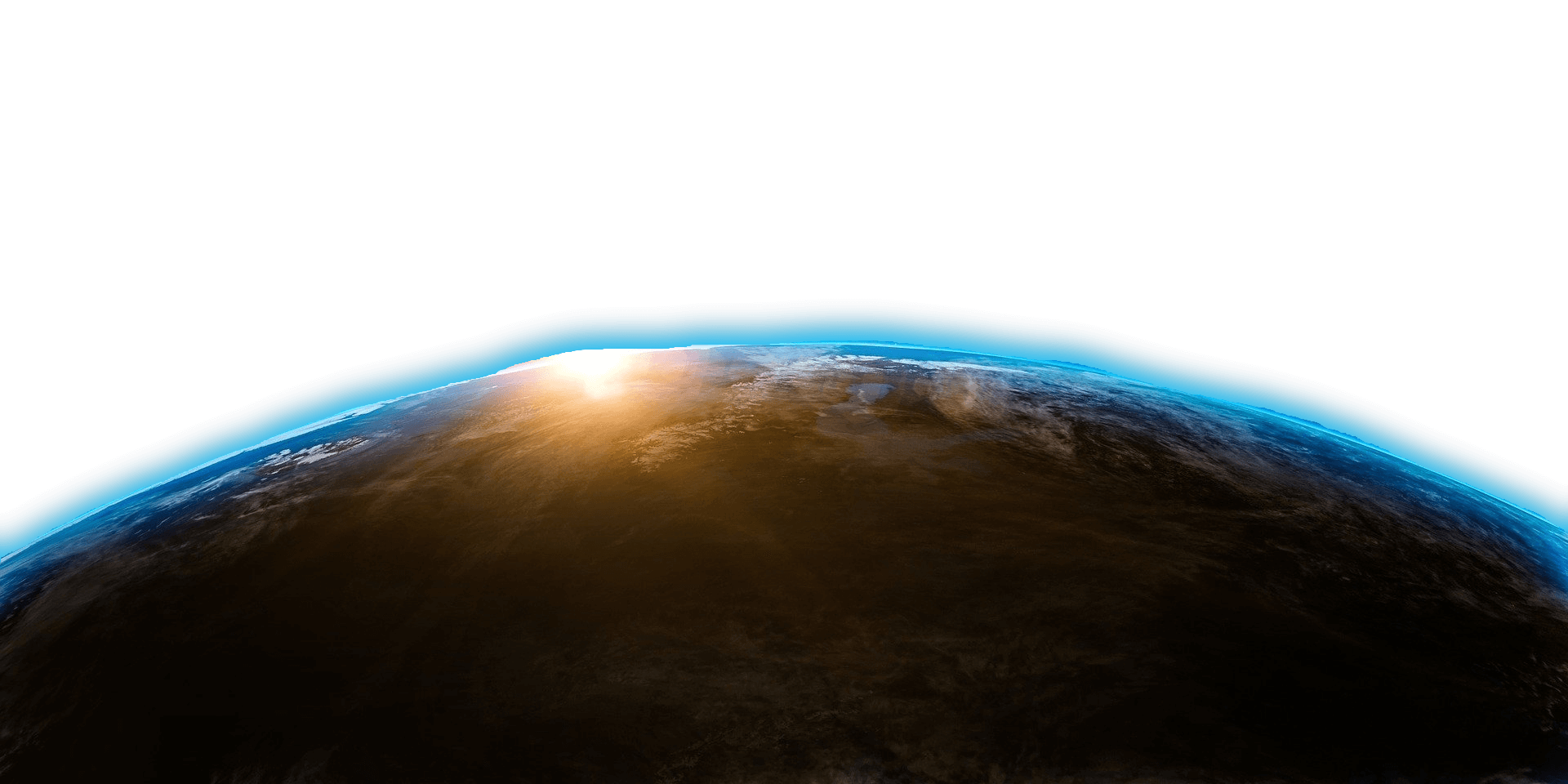




Space Climate 8 Meeting Abstract
Solar Wind Stream Interaction Regions: Radial Evolution and Solar Cycle Variations
Lan Jian (NASA Goddard Space Flight Center) (NASA Goddard Space Flight Center)
J. G. Luhmann (University of California, Berkeley), R. C. Allen (The Johns Hopkins University Applied Physics Laboratory), T. Salman (George Mason University), C. T. Russell (University of California, Los Angeles), N. Gopalswamy (NASA Goddard Space Flight Center)
In the interplanetary space, as fast solar wind overtakes the preceding slow solar wind and outruns the following slow solar wind, it forms a compressed stream interaction region (SIR) in the front part and a rarefaction region in the trailing part. The SIRs can cause geomagnetic storms and affect the evolution of radiation belt and thermosphere. In contrast to interplanetary CMEs, there are many SIRs throughout different phases of a solar cycle, typically more than 30 events per year, thus they are a persistent factor impacting the space weather, or space climate for a longer term. The SIRs occur more often and are generally stronger with higher total pressure at the declining phase of a solar cycle, providing an important clue to the solar cycle evolution. Based on observations of Parker Solar Probe, Helios, Wind, Ulysses, Pioneer, etc. covering a large range of heliocentric distance, the SIRs become stronger relative to the background solar wind and widen as the compression between slow and fast wind increases with heliocentric distance, and eventually they form merged interaction regions in the middle heliosphere. The impact of major merged interaction regions has been detected by Voyager 1 and 2 beyond the heliopause and in the very local interstellar medium. This would affect the level of galactic cosmic ray intensity in the heliosphere including the region near the Earth.
